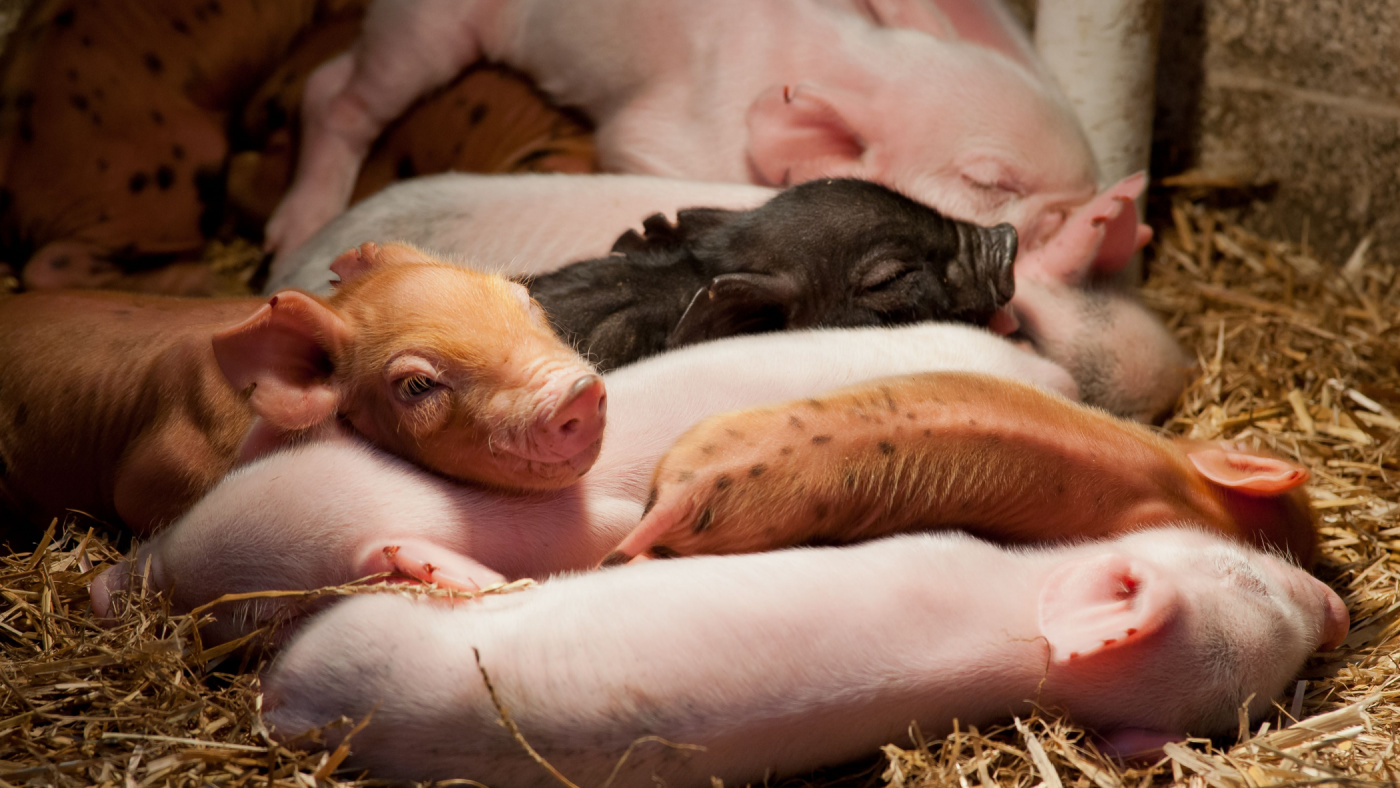The Quarterly Hogs and Pigs report showed inventory was up slightly from September of last year. Altin Kalo, economist with the Steiner Consulting Group, said producers hear a lot of speculation before reports are released, but ultimately, he encourages producers to focus on the big picture of a risk management plan.
“So that kind of can lead you a certain way. But you can’t just simply look at that and project forward, you need to also look at this productivity piece, which has now become a lot more important. And it’s helped, you know, it’s kind of skewing the supply side.”

As you look over the numbers, Kalo said there will be more pork then expected but the focus will be on demand.
“There’s been anything that you know, that we’ve kind of seen the last two, three months is that the demand numbers have been a little bit better than people thought they would be. And so that’s helped keep the product markets elevated, and it’s resulted in better hog prices that people thought they would get at this point in time.”
One advantage of the breeding herd numbers is estimating slaughter.
“And if this report kind of pointed out something that they need to take away is that they do need to have a risk management program in place that is consistent that will help them you know, when there’s sharks like this that come in where you know, everybody’s leaning one way and you know, the numbers actually tell you that you know, they’re leaning the wrong way.”
The report also showed that of the 74.3 million hogs and pigs, 68.2 million were market hogs and 6.08 million were kept for breeding. Iowa had the largest inventory followed by Minnesota and North Carolina. Visit the USDA National Agriculture Statistic Service website for the full Hogs and Pigs report.


